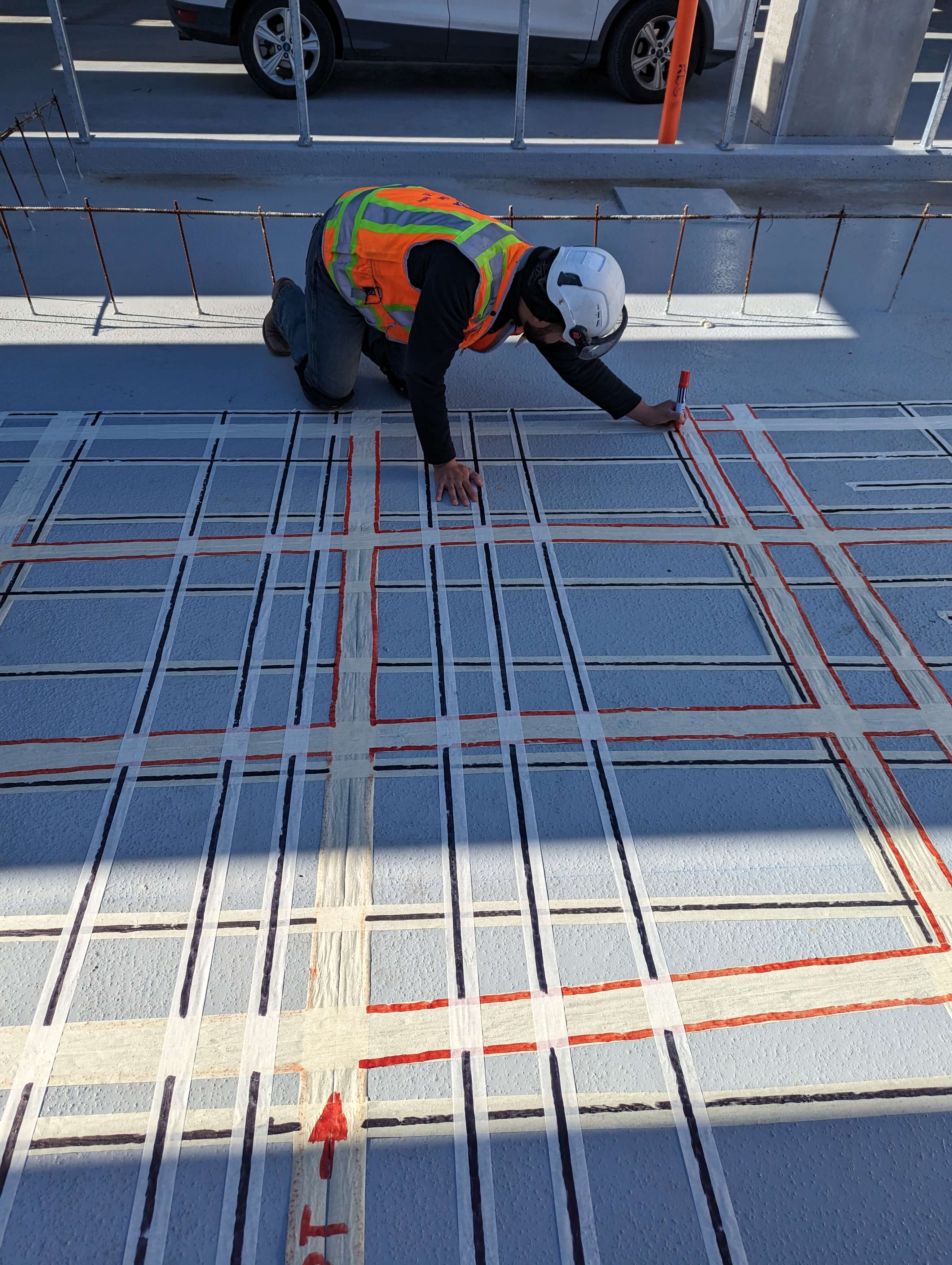Unveil the Transformative Power of Concrete Scanning in Making The Most Of Performance and Security
Concrete scanning has emerged as a crucial tool in the building market, supplying unequaled advantages in boosting project effectiveness and ensuring safety standards. The transformative power of concrete scanning exists in its capacity to offer comprehensive insights and real-time information, revolutionizing just how tasks are planned and carried out.
Relevance of Concrete Scanning
Ensuring the architectural stability and safety of building and construction tasks begins with the essential step of performing complete concrete scanning. Concrete scanning is a non-destructive technique utilized to discover and map subsurface elements within concrete frameworks. This process is crucial in determining potential threats, such as rebar, post-tension cable televisions, and conduits, that might be hidden within the concrete. By utilizing innovative innovations like ground-penetrating radar (GPR) and electromagnetic induction, building and construction groups can accurately situate these aspects without causing any kind of damages to the structure.
The relevance of concrete scanning can not be overstated, as it plays an essential role in stopping accidents, decreasing project hold-ups, and ensuring the long-lasting resilience of the building and construction. By identifying prospective dangers before the building stage starts, contractors can apply appropriate security procedures and make educated choices regarding the design and execution of the job. In addition, concrete scanning aids in optimizing project timelines and budget plan by preventing unforeseen prices and hold-ups that might arise because of unexpected blockages within the concrete. Inevitably, buying comprehensive concrete scanning is a proactive method that improves both efficiency and safety in construction projects.
Exactly How Concrete Scanning Functions
Concrete scanning operates as a crucial device in building and construction projects by utilizing advanced modern technologies to identify and map subsurface aspects without causing architectural damage. Ground Penetrating Radar (GPR) and Electromagnetic Induction (EMI) are 2 main methods used in concrete scanning. GPR jobs by producing high-frequency radar pulses right into the surface area, which recover when they encounter subsurface things or gaps. The time taken for the signal to return indicates the deepness and place of the objects. EMI, on the various other hand, makes use of magnetic fields to identify variances in product make-ups, such as identifying rebar or conduits within concrete frameworks.
Throughout the scanning procedure, the data collected is assessed in real-time, allowing prompt recognition of possible hazards or challenges under the surface. By utilizing these sophisticated modern technologies, concrete scanning considerably lowers the risk of pricey damages and injuries on building websites.
Benefits of Concrete Scanning
One of the main advantages of concrete scanning is the capability to discover and situate embedded things such as rebar, post-tension cable televisions, and avenues precisely. Concrete scanning aids in planning and creating more successfully, as it provides exact information regarding the location and deepness of structural components.

Case Studies: Concrete Scanning Success

In one more case, a building firm used 3D concrete scanning to assess the problem old concrete frameworks in a historic building. The comprehensive scans given important understandings into the level of damage and helped prioritize maintenance initiatives successfully. By proactively resolving locations of concern determined with scanning, the business had the ability to prolong the life-span of the framework and ensure occupant security.
These situation researches emphasize the transformative power of concrete scanning in enhancing efficiency, accuracy, and safety and security in construction projects.
Executing Concrete Scanning in Projects
Carrying out sophisticated scanning innovations throughout building jobs has actually ended up being significantly crucial for boosting accuracy and safety and security. By incorporating concrete scanning right into job preparation and implementation, building and construction groups can determine prospective risks, such as rebar or post-tension cable televisions, hidden within concrete frameworks. This positive method minimizes the risk of crashes, hold-ups, and costly rework, ultimately bring about a lot more effective project timelines and spending plans.
To apply concrete scanning properly, job managers need to work together carefully with experienced scanning specialists to figure out the most ideal scanning methods for the particular task demands. Engaging scanning specialists from the early phases of a job enables the group to produce extensive scanning strategies that attend to essential locations of problem and make sure extensive data collection.
Moreover, incorporating concrete scanning right into routine task process can streamline decision-making processes, as real-time check data gives instant go now insights into the condition of concrete structures - Concrete Scanning. This data-driven approach promotes educated analytic and enables teams to make adjustments promptly, fostering a culture of efficiency and security throughout the project lifecycle

Verdict
To conclude, concrete scanning plays an important duty in improving performance and safety in building tasks. By using innovative modern technology to detect and imp source map out underlying frameworks within concrete, this procedure assists to prevent pricey blunders, make certain structural integrity, and decrease threats on website. With the capacity to reveal hidden elements and supply precise data, concrete scanning verifies to be a beneficial tool for maximizing project end results and making the most of overall success.
Concrete scanning is a non-destructive technique utilized to identify and map subsurface elements within concrete structures. Additionally, concrete scanning helps in optimizing project timelines and budget by staying clear of unexpected costs and hold-ups that may arise due to unforeseen obstructions within the concrete. One notable instance research entails a massive restoration task where concrete scanning played an important role in making certain job success.In another case, a construction firm utilized 3D concrete scanning to evaluate the condition of maturing concrete frameworks in a historic structure. By integrating concrete scanning into job preparation and implementation, building groups can recognize prospective dangers, such as rebar or post-tension cables, hidden within concrete structures.